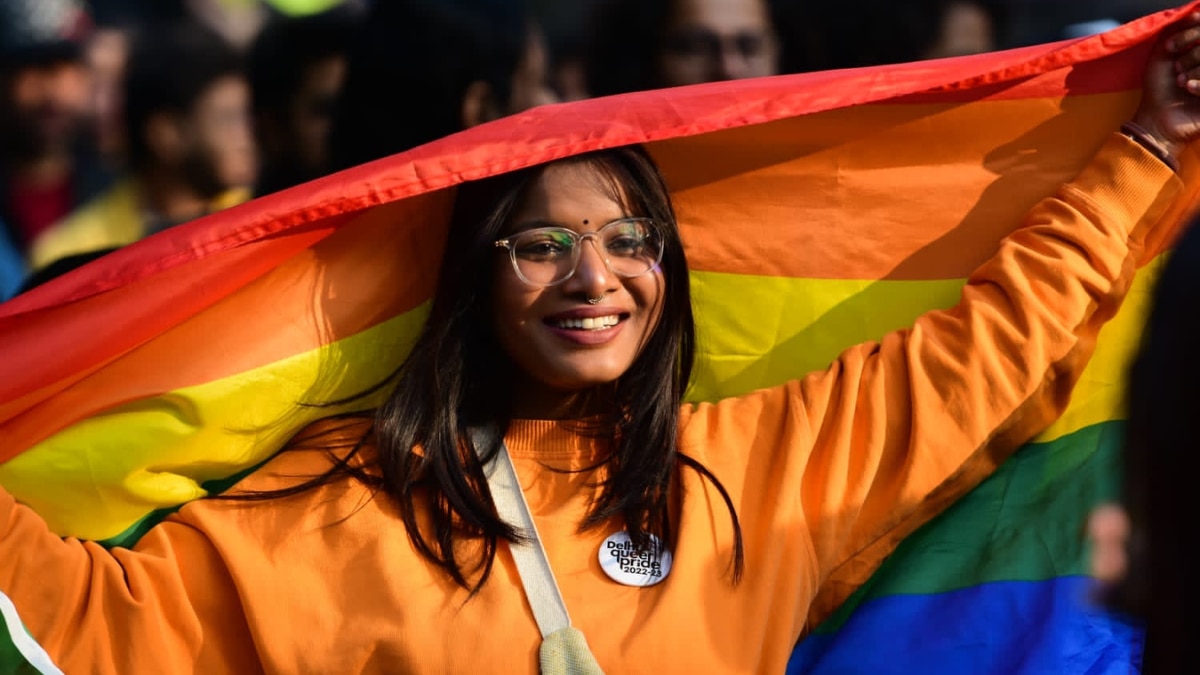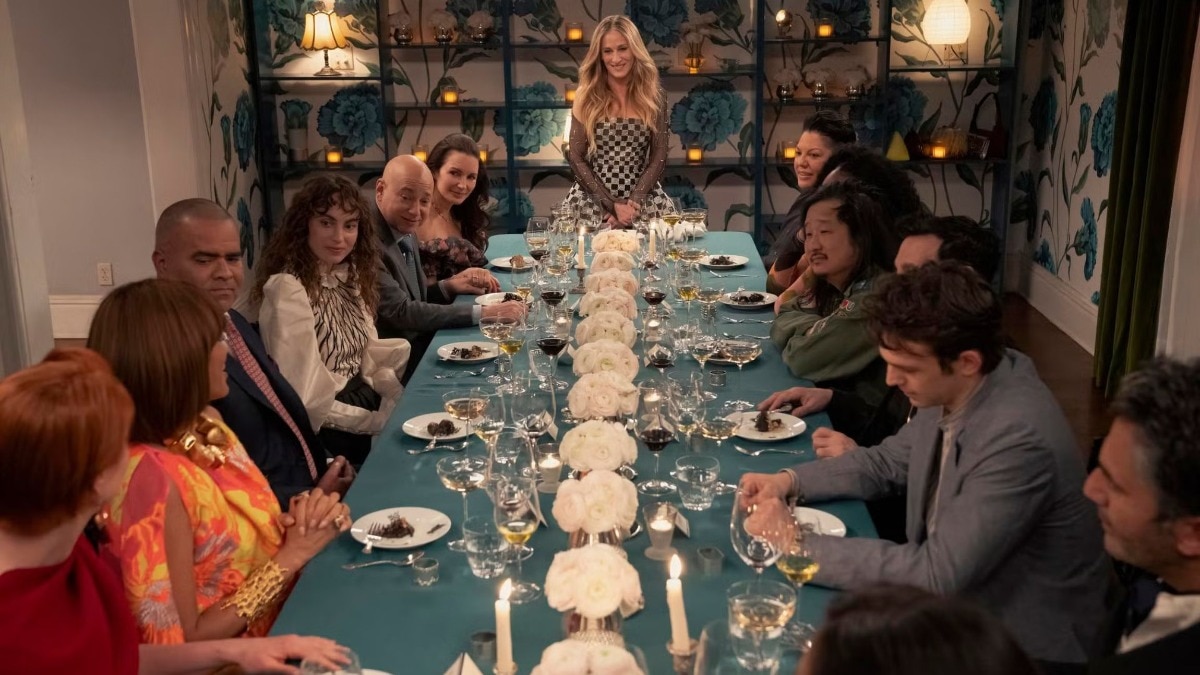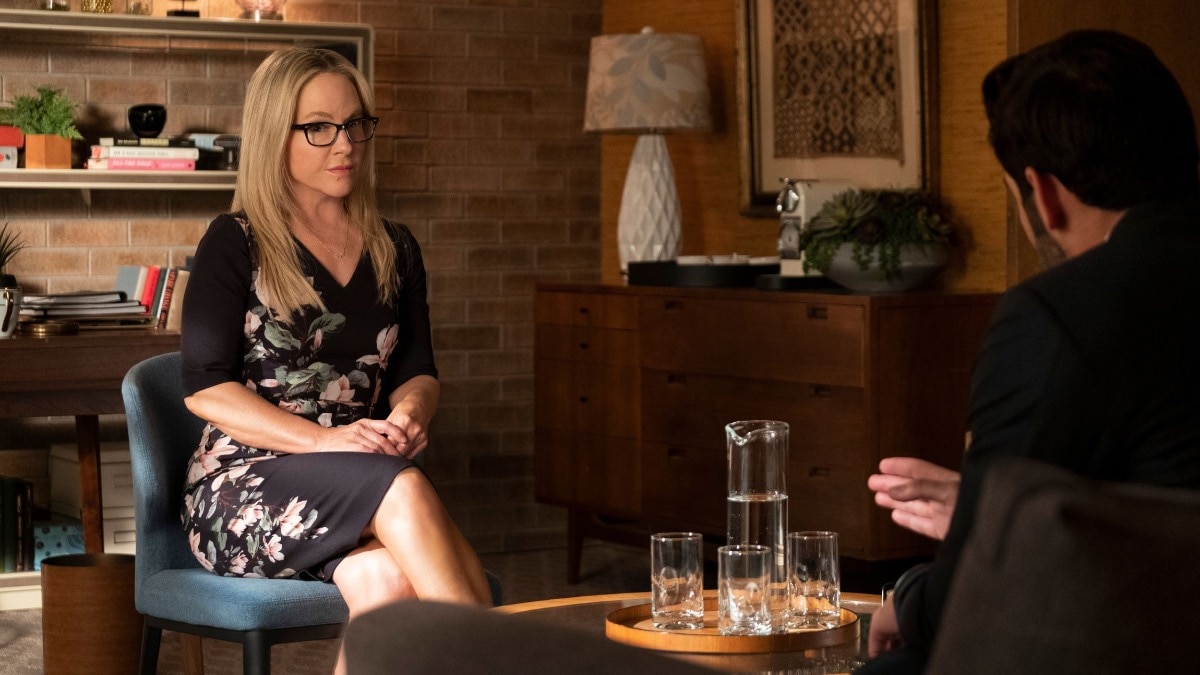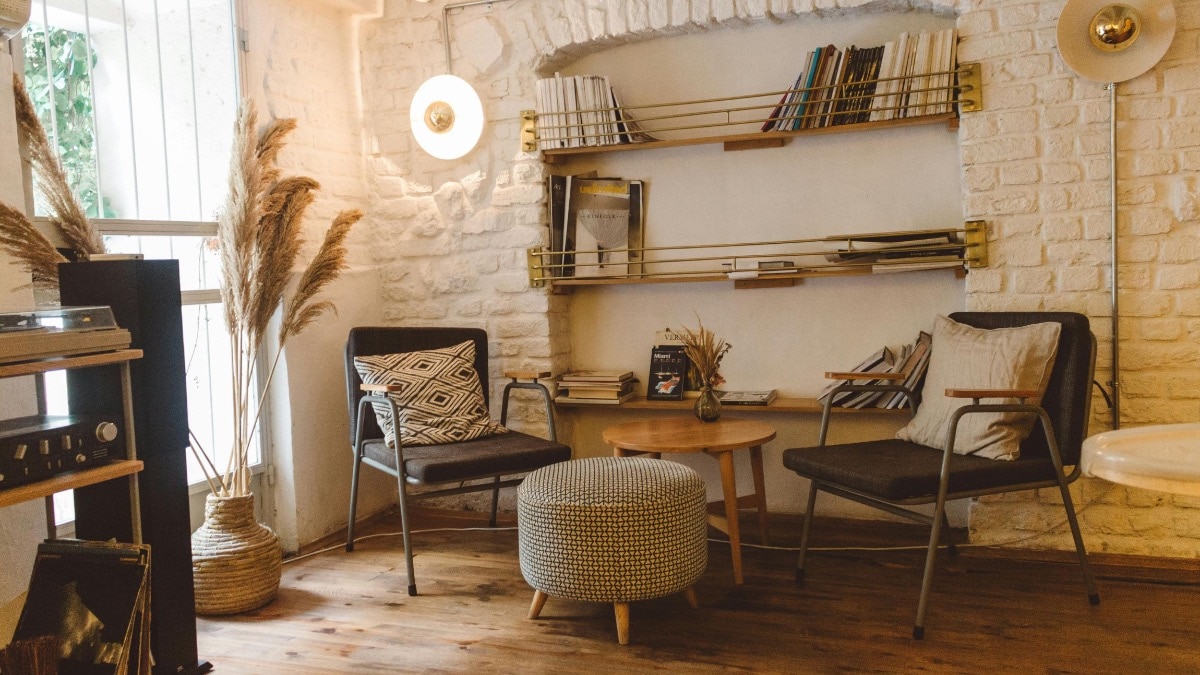
Are gender-neutral washrooms the way forward for LGBTQ+ inclusivity in India?
We discuss their importance in light of the Supreme Court’s decision to set up gender-neutral washrooms in the premises.


Recently, India’s Supreme Court passed a landmark initiative geared towards the inclusion of the LGBTQ+ community by announcing that nine gender-neutral bathrooms are being set up on the court premises. This announcement comes amid a growing conversation about queer inclusivity in India, with the whole country awaiting the SC’s verdict on the legality of same-sex marriages, hearings for which are currently underway.
Whether this decision by the apex court will set a precedent for other institutions in the country and lead to a trickle effect is yet to be found out. But are gender-neutral washrooms the right step towards recognising queers and their needs? We find out.
What are gender-neutral washrooms?

To understand why gender-neutral restrooms exist and how they can be an essential space for the queer community, it’s important to understand what defines a gender-neutral washroom. Any public washroom that isn’t marked specifically for male or female (he or she), and either has a distinct sign that says it can be used by any gender or doesn’t mention gender at all, can qualify as a gender-neutral bathroom.
Why are they important?

"First and foremost, it is about giving the queer community basic rights like access to clean and safe sanitation," says Riya Behl, who along with her friend Jaya Dharmarajan, have founded a crowd-funded image-based archive called unRestroom on Instagram and an open-access platform called Lekha. Through the initiative, the duo wants to highlight how toilets, or the lack of them, are often sites of discrimination, how restroom signs indicate who gets access to safe sanitation, and how bodies and gender are perceived and constructed. She says, “We believe that access to gender-neutral and disability-friendly restrooms is crucial. It is a life-affirming right for people who identify as queer and the 26.8 million people living with disabilities in India (Census 2011).” In both Behl’s and Dharmarajan’s experience, they haven’t come across any gender-neutral restroom signs for public toilets that have free access and are state-funded.
Rohin Bhatt, a non-binary queer rights activist and lawyer, whose proposal prompted the new developments at the Supreme Court after he wrote to the CJI last year, says, “I think they are extremely important—inclusivity on paper seems great but unless there are steps taken to ensure spatial, structural and organisational changes, inclusivity becomes just another box that we check.” Currently, his proposal to broaden the scope of the Gender Sensitization and Internal Complaints Committee to include sexuality is also under consideration by the Supreme Court.
Apart from the SC, there are other institutions in the country working towards being inclusive—Mumbai’s Tata Institute for Social Sciences may soon have gender-neutral washrooms on campus after the student’s union submitted a proposal for the same last month. Pratik Parmey, the student’s union president thinks this is an important step. He elaborates, “Gender has always been seen as a binary context where only two exist—men and women, and the entire context of washrooms is still vastly based on sex. But when it comes to gender, people’s gender is more visible than a person’s sex. Gender can be performative—people like to express themselves in a certain way and sometimes they don’t fit in any of these spaces that are segregated based on sex. The moment you bring in a women’s bathroom and a men’s washroom, it becomes exclusionary.”
What are the challenges faced by queer people in accessing gender-neutral bathrooms?

Most of the challenges that queers face have to do with their appearance. Parmey explains, “If I am a very out-of-the-box person who doesn’t subscribe to most of society’s views of gender roles and dressing, I might dress up in a way that is unconventional for most people. If I walk into a gendered space in a dress, the first thing I’m most likely to face is discrimination, and assessment by other people on what gender I am, which can be uncomfortable and even hostile. This means a lot of times I will not use public washrooms at all, and instead wait to use my bathroom.”
One of the first things that Parmey noticed while at TISS was the presence of gendered spaces—the institute only has men’s and women’s washrooms, even though it has been known for being one of the first educational institutes for having a gender-neutral hostel, which opened five years ago. This prompted Parmey to stand up for the student’s union elections and call for gender-neutral washrooms on campus.
According to Bhatt, access to gender-neutral bathrooms is also linked to the privilege of caste and class. He says, “I have not faced any issue, but that is because of my class and caste position.”
Dharmarajan agrees. “Though we have come across some gender-neutral restroom signs in establishments like restaurants and museums, one usually needs to pay to access these spaces. The conversation around gender neutrality cannot be devoid of caste, class and disability along with impact of gender on how we navigate public and private spaces,” she explains.
She also points out that based on the images from their archive, she has observed how bathrooms segregated on the basis of gender identity (he/she/they) might be more inclusive than the male-female binary ones. “They allow people the right to express their gender and the conversation of safety involves transgender, gender fluid and non-binary folks’ experiences too,” she says.
What is the way forward?
Bhatt says that while gender-neutral bathrooms are a good start, there is a lot that needs to be done to ensure inclusivity. “There is little infrastructure currently in place to make sure that queer people feel a sense of belonging. The way forward is to continue fighting for equality in the courts. It is to ask for sexuality sensitisation, to ask for dress codes that are not gendered etc. This is a long struggle, and we have just begun,” he concludes.
Lead image: Manish Rajput
All inside images: Courtesy unRestroom










